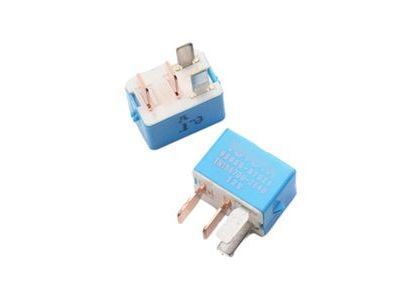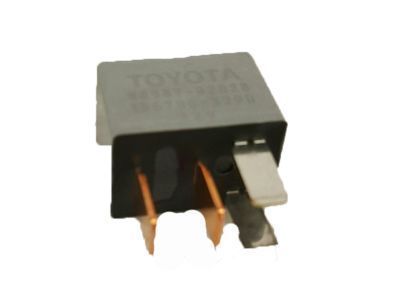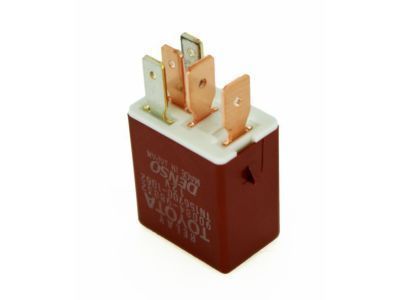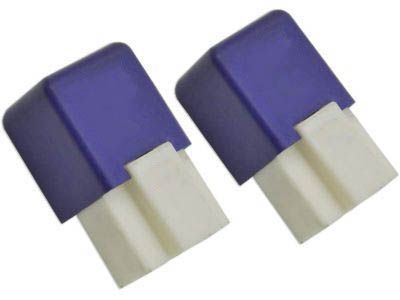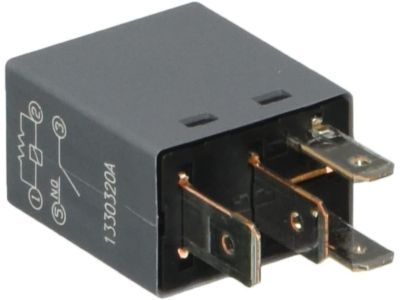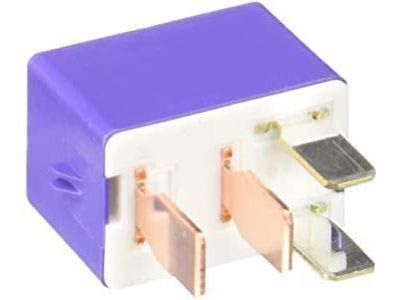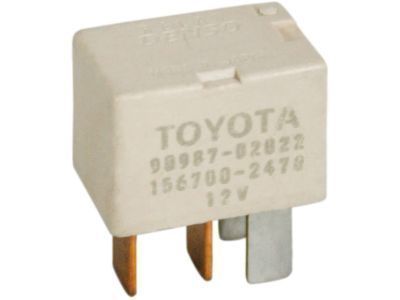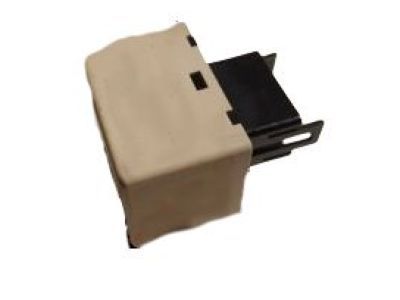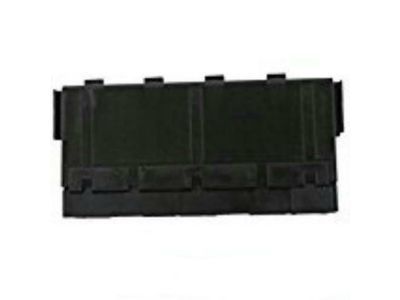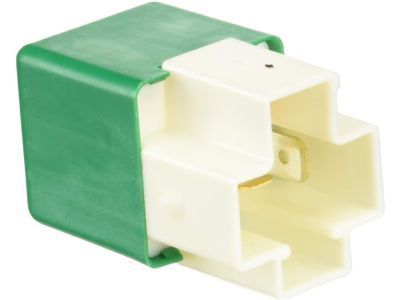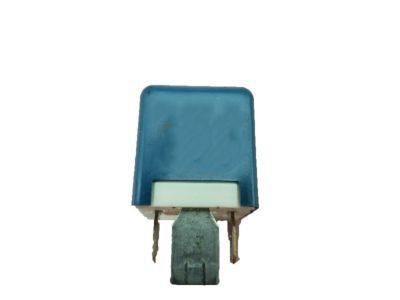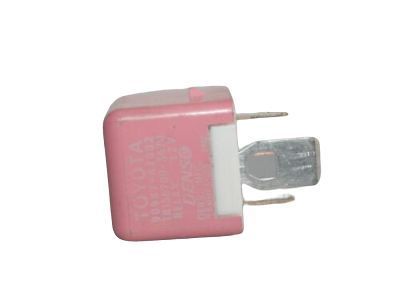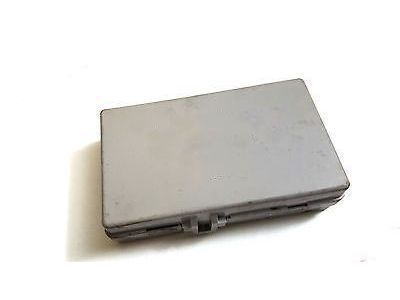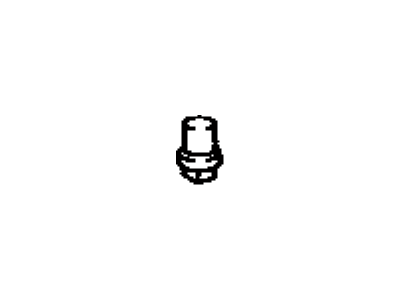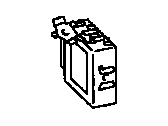×
- Live Chat
- 1-888-905-9199


My Garage
My Account
Cart
Genuine Toyota Matrix Relay
Wire Relay- Select Vehicle by Model
- Select Vehicle by VIN
Select Vehicle by Model
orMake
Model
Year
Select Vehicle by VIN
For the most accurate results, select vehicle by your VIN (Vehicle Identification Number).
47 Relays found
Toyota Matrix Relay Assy, Cooler
Part Number: 90987-02028$78.27 MSRP: $110.33You Save: $32.06 (30%)Ships in 1 Business DayToyota Matrix Relay, Acc
Part Number: 90080-87024$64.82 MSRP: $91.37You Save: $26.55 (30%)Ships in 1-3 Business DaysToyota Matrix Relay, Acc
Part Number: 90084-98032$55.36 MSRP: $77.38You Save: $22.02 (29%)Ships in 1-3 Business DaysToyota Matrix Relay Assembly, Starter
Part Number: 28300-10020$70.79 MSRP: $99.79You Save: $29.00 (30%)Ships in 1-2 Business DaysToyota Matrix Relay
Part Number: 90987-04004$55.36 MSRP: $77.38You Save: $22.02 (29%)Ships in 1 Business DayToyota Matrix Relay
Part Number: 90987-02025$64.82 MSRP: $91.37You Save: $26.55 (30%)Ships in 1-3 Business DaysToyota Matrix Relay, Acc
Part Number: 90084-98031$89.20 MSRP: $125.73You Save: $36.53 (30%)Ships in 1-2 Business DaysToyota Matrix Relay Assembly, Starter
Part Number: 28300-0A010$71.10 MSRP: $100.22You Save: $29.12 (30%)Ships in 1-2 Business DaysToyota Matrix Relay, Acc
Part Number: 90987-02022$78.27 MSRP: $110.33You Save: $32.06 (30%)Ships in 1-2 Business DaysToyota Matrix Flasher Assy, Turn Signal
Part Number: 81980-02030$58.89 MSRP: $82.32You Save: $23.43 (29%)Ships in 1-3 Business DaysToyota Matrix Relay Assembly
Part Number: 90080-87025$64.82 MSRP: $91.37You Save: $26.55 (30%)Ships in 1 Business DayToyota Matrix Relay, Air Conditioner Water Pump
Part Number: 90987-04010$64.82 MSRP: $91.37You Save: $26.55 (30%)Ships in 1 Business DayToyota Matrix Relay, Integration
Part Number: 82641-47020$143.17 MSRP: $203.54You Save: $60.37 (30%)Ships in 1-3 Business DaysToyota Matrix Relay Assy, Cooler
Part Number: 90987-03003$47.31 MSRP: $66.14You Save: $18.83 (29%)Ships in 1 Business DayToyota Matrix Relay, Skid Control
Part Number: 88263-21010$63.00 MSRP: $88.81You Save: $25.81 (30%)Ships in 1 Business DayToyota Matrix Relay, Acc
Part Number: 90080-87010$21.90 MSRP: $30.60You Save: $8.70 (29%)Ships in 1 Business DayToyota Matrix Relay, Acc
Part Number: 90987-A2002$86.08 MSRP: $121.34You Save: $35.26 (30%)Ships in 1-3 Business DaysToyota Matrix Relay, Integration
Part Number: 82641-02110$267.64 MSRP: $383.78You Save: $116.14 (31%)Ships in 1-2 Business DaysToyota Matrix Relay Assembly, Cruise Control
Part Number: 90080-87014$55.36 MSRP: $77.38You Save: $22.02 (29%)Ships in 1-3 Business Days
| Page 1 of 3 |Next >
1-20 of 47 Results
Toyota Matrix Relay
If you are in demand for superior quality and affordable OEM Toyota Matrix Relay, then shop with us! We own a wide range of the reduced-priced genuine Toyota Matrix Relay. You can purchase in confidence as all parts come with a manufacturer's warranty. Any issues with our products? No need to worry as we have a hassle-free return policy to guide you every step of the way.
Toyota Matrix Relay Parts Questions & Experts Answers
- Q: What is the general information about relays and their testing on Toyota Matrix?A: This is true, as in the fuel injection system, horns, starter, and the fog lamps among other electrical accessories in the vehicle, relays are used to relay electrical signals to the components. Relays work with the help of a low current control circuit for switching on and off the high current power circuit. A bad relay will also hamper the working of the component that it controls and most of the relays are mounted in the engine compartment fuse/relay box. If a bad relay is thought to be the problem it can be taken out and checked according to a process or given to a dealer service department or a mechanic, if the relays are bad they have to be replaced as a single unit. Circuit that is being controlled by the relay might be labeled on top of the relay and other letters or numbers could be written on the decal or imprint that is located on the cover of the box that is containing the relay. There are some relays that are vital in the interior fusebox; some of them are the starter relay and others. There are typically four fundamental types of relays, though some types are created with the relay arm open at start, some with the relay arm closed at start, and other types include the two circuit types. Generally, the two terminals are for the relay control circuit and connect to the relay coil, whereas other terminals introduce the power circuit and connect within the relay when the control circuit coil is charged. While there are some relays that are marked to indicate terminals as being those of the control circuit or power circuit similarly, some wiring diagrams can be useful in establishing the correct connections. When testing a relay an ohmmeter should be connected across the power circuit terminals and should show no measure of continuity. One that should then be fused with the jumper wire should connect one of the control circuit terminals with the positive terminals of the battery; the other should connect the other terminal of the control circuit with ground. If the relay is working it will make a clicking sound, and the meter on the switch will show continuity. It is only when polarity is important that the jumper wires must be interchanged if the relay does not click. If the relay will come out short of the requirements of a test, it must be replaced.
